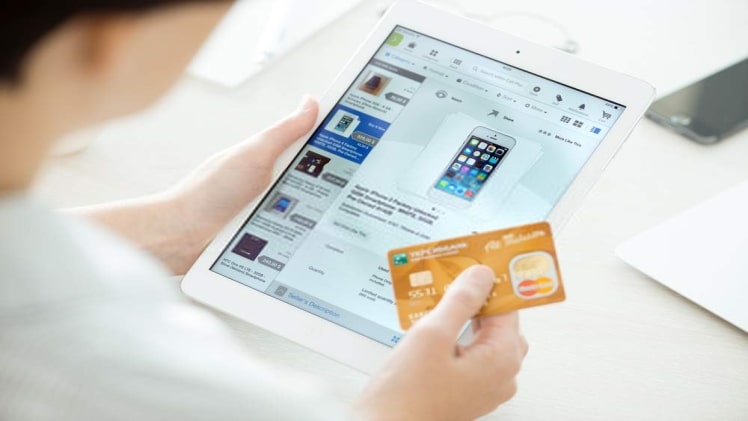Learn how to make a fake ID by reading our article on Inkjet printers and Magnetic stripe encoders. We also cover the use of hologram overlays and Machine punching. The best fake IDs are those made by older people, because they are much more likely to give you an actual driver’s license. You can also make a fake ID by copying the picture of someone else’s ID.
Inkjet printers
Inkjet printers are a great way to create a fake template. You can use the templates in a photo editing program to create a fake ID using a crooked supplier’s ink. The key to success is to make sure your new text lines up with the other characters on the original ID. Here are a few steps to get you started. Using steel wool will make your fake id look less glossy and less worn.
Ensure the paper you’re using is of high quality. If you are printing an ID for someone else, make sure the paper has a laminated surface. You can use a thermal laminator to bond the butterfly pouch to a synthetic paper. This hardens the photo paper to resemble a PVC card. You can purchase a thermal pouch laminator from an office supply store for about $40. You can also use a Peer-to-Peer network to find free templates.
Magnetic stripe encoders
The magnetic stripe on a printed identification card is a collection of tiny bar magnets. These particles are contained in a thin plastic-like tape. When all the bar magnets polarize in one direction, the stripe is blank. The information is written onto the stripe with a special electromagnetic writer, or encoder, and then read by a magnetic stripe reader. The reader can detect this writing process by detecting changes in the magnetic field, which occurs when the stripe is reversibly written.
Magnetic stripe encoders are available for use in a number of ways. Some are built-in with the ID card printer, while others are optional upgrades. In either case, you will need a magnetic stripe encoder with software. The software comes with several text fields that correspond to specific tracks on the magnetic stripe. For maximum effectiveness, use a magnetic stripe encoder when making a fake ID.
Hologram overlays
There are several types of hologram overlays on fake ID. These are essentially thermal transfers that transfer a hologram layer to the document’s surface. While this method works well for ID cards, it does not protect the document’s surface. For that reason, people often choose this method for creating fake IDs. If you want to use this technology on your own, consider using a custom hologram overlay.
Security holograms are not easy to forge because they are reproduced from a master hologram. State driver’s licenses, government ID, and banknotes are all made with this technology. Security holograms may have two or three layers. Typically, the hologram is made up of a background matter, which is overlaid on top of a middle ground matter. An overlay hologram may consist of a flat graphic that appears to float at the surface, but is still opaque when looked at straight on.
Machine punching
Most fake ID makers don’t use an expensive laser to create a hole in the fake ID, instead, they use machine punching, which can result in poorly lined-up, messy, and scarred holes. The front of a real ID is more visible, with the letters clearly aligned and strong direct light shining on the face. Then, the manufacturer photoshops the picture onto the fake ID, which looks like a real one.
Once you’ve made the fake ID, it’s time to make the card. This process involves machine punching a hole in the card’s front and back, and then laminating the result. While this method makes fake IDs thinner, it’s also easier to replicate the ID’s signature strip. Just be careful not to flash too much and act confidently! After all, the person will be looking for your ID, and you’ll want to make sure they don’t recognize you!
Backgrounds
There are many advantages to changing backgrounds when making a fake ID. In the majority of cases, it can be a breeze to replace a photo by zooming in and cloning. If the background is not white, simply move the new photo to the front of the ID. You can then type in the new values. However, be careful not to change entire lines of text because this will result in an awful fake IDs.
Another benefit to using a white background for the photo on your fake ID is that it will be easier to spot the person in the background. When taking the photo, always keep the original driver’s license with you. Using this photo as a guide will help you determine which background works best for your face. It is important that you use a high-quality digital camera or your cell phone to take the photo. Avoid taking the photo outdoors or in bright sunlight. Also, try to keep the light source away from your face, unless you are wearing glasses.

